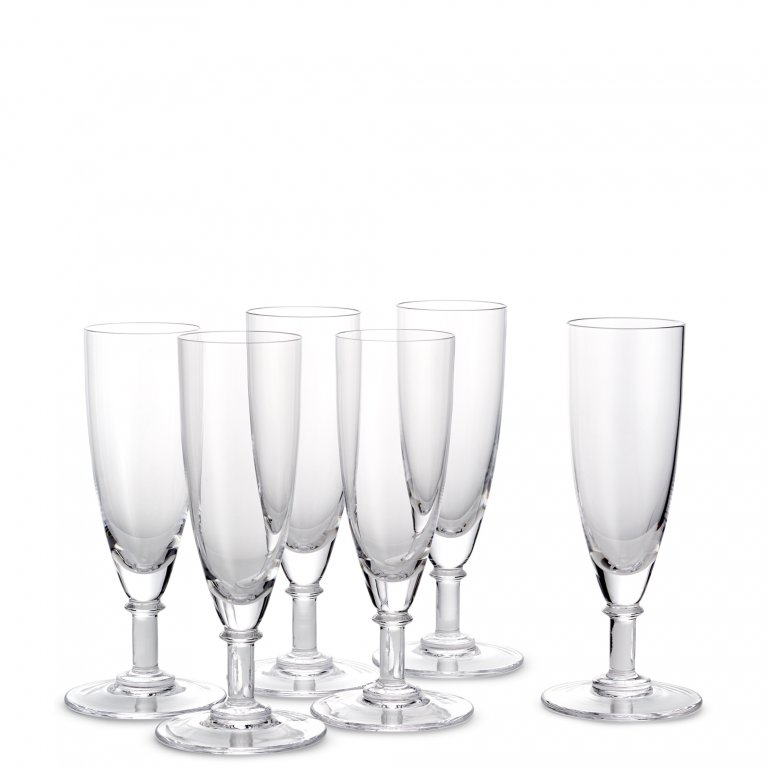“Breakfast – simple, elaborate, hurried, deliberate or skipped – is an unconsidered moment of global communion."
“Somewhere, someone is starting breakfast and thinking, ‘Today will be a better than yesterday.’ Someone is gulping coffee before opening the bills, is dropping marmalade onto the paper, is shouting up the stairs, is hunting for homework or a briefcase, is listening to the still, long dawn shadows in the chilly desert, is watching the mist clear from the canopy of the rainforest, is ignoring the commuters’ roar from a packing-case house under a motorway flyover, is blearily trying to rub life into a numb leg as the stewardess asks if he or she would like the healthy option in the thin, dark air above us. Wherever, whenever breakfast comes, it’s a mouthful of stoic optimism.”
An excerpt from ‘Breakfast at The Wolseley’ by A.A. Gill. Buy here.








